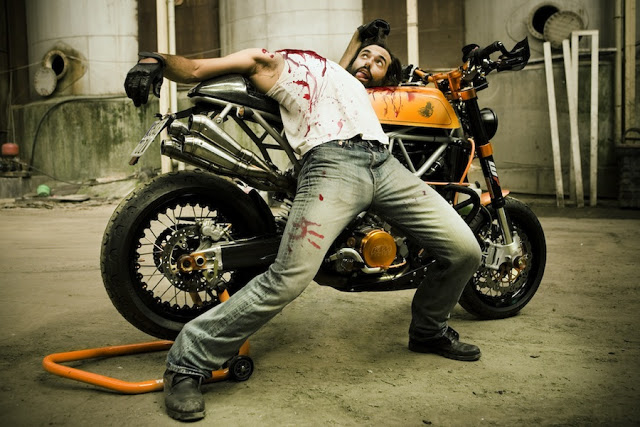Anthony Gormley’s “Another Place” installation on the foreshore at Crosby on Merseyside has become and iconic place to journey to , and around.
Another Place, Crosby , Merseyside
Sunday 27th July 2014
Anthony Gormley’s “Another Place” installation on the foreshore at Crosby on Merseyside has become and iconic place to journey to , and around.
Another Place, Crosby , Merseyside
Sunday 27th July 2014
Another in the series “Journey” – an interrupted journey – on a sunny day a stop for walking in the sunshine is preferable to a non stop journey
Via Pooley Country Park enroute to Derby
Sunday 9th March 2014
Random shots from my journeys that I hope will help pull me into creating some sort of narrative. all a bit vague but I feel I will start to define a pattern or direction as I accumulate images.
Birmingham International to Birmingham New Street
Saturday 1st March 2014
New camera new gallery- Canon G15 all shots taken and composed in square format.
In December 2012 I went to the Seduced by Art exhibition at the National Gallery. The exhibition explores early photography from the mid-19th century and the most exciting contemporary photographs, alongside historical painting. It takes a look at how photographers use fine art traditions, including Old Master painting, to explore and justify the possibilities of their art. The comparisons were quite strikingly accurate even considering modern styles and techniques.  I have two main interest in life photography and motorcycles and there are a lot of us out there , based on the number of blogs I find that are about this pairing. So today I found a blog showcasing a photographer combining not only photography and motorcycles but adding into the mix “Old Master” style paintings – have a look here and some more work of Madrid based photographer Kristina Fender.
I have two main interest in life photography and motorcycles and there are a lot of us out there , based on the number of blogs I find that are about this pairing. So today I found a blog showcasing a photographer combining not only photography and motorcycles but adding into the mix “Old Master” style paintings – have a look here and some more work of Madrid based photographer Kristina Fender.
I keep finding references to Gestalt elements in the design and composition of images.
Gestalt is a psychology term which means “unified whole”. It refers to theories of visual perception developed by German psychologists in the 1920s. These theories attempt to describe how people tend to organize visual elements into groups or unified wholes when certain principles are applied.
These principles are:
Doing research for design for this section I found this presentation for website designers on Slideshare that has many items to consider as it is the same visual language to create any image;
Also these links give further outlines :
The Luminous Landscape is a site to dip in and out of for gear reviews, tutorials and of course stunning landscape photography. It’s a great study resource and a way to lose a rainy afternoon on-line but needs a wait between visits.
Strobist.com blog is a fantastic resource for anyone using portable strobes (your camera flash guns or speedlights if you own a posher camera) as their primary light source, or wants to explore their creative use.
They maintain a fantastic beginners resource document called Lighting 101 which has now been updated and is available to download from this link.
The site is very US-centric in a lot of the products they advertise or recommend , but the basic knowledge base and contributed examples make up for this. The How-To’s of lighting layout and techniques are worth the effort and the numerous examples provide endless inspiration.